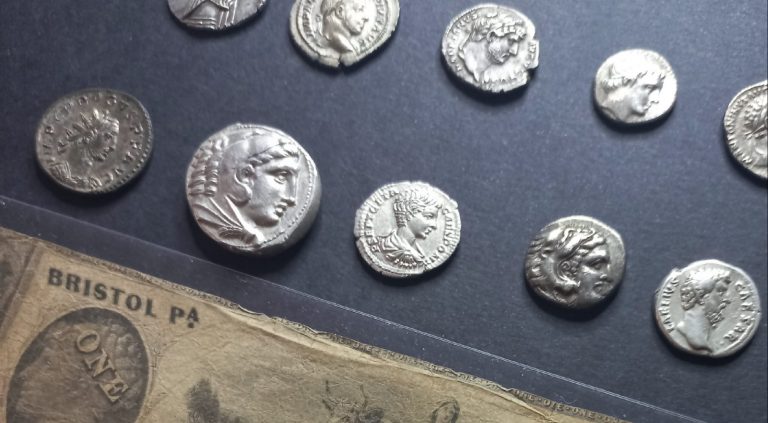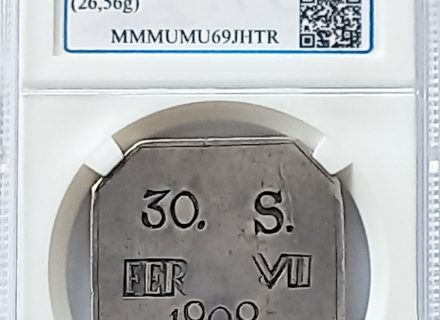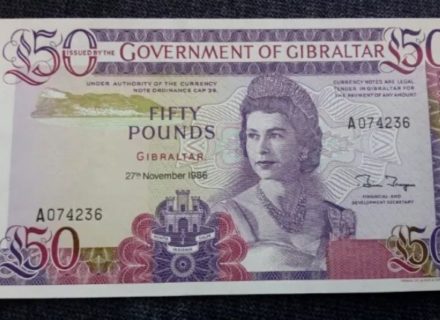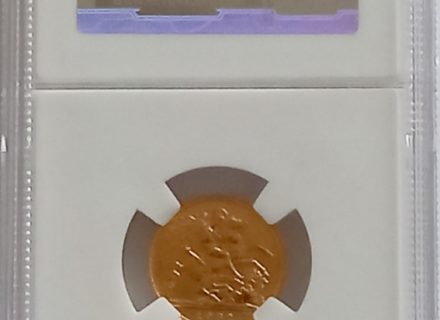
Coins: a bit of history, types and parts
Coins have been part of our daily lives for centuries to the point that, except for numismatics and collecting enthusiasts, most people no longer pay attention to what they look like, their design, date of issue… In fact, we usually get rid of as many as possible when paying in stores so that our wallet is not so heavy. Today, when cash is almost in danger of extinction, for many of us, it is even strange to carry money.
Not surprisingly, hypotheses about the survival or not of banknotes and coins in the medium/long term are already on the table, but that’s another topic. Today, we want to talk more in-depth about these everyday objects that tell us so much about the past and the lives of those who inhabited the Earth thousands of years ago.
What was there before coins?
Barter trade
Before currency, people used barter trade to exchange goods. It involved offering what one had in exchange for what one needed. Items such as animals, eggs, furs, cereals, and stones were used for bartering. Different guilds, such as shepherds, farmers, blacksmiths, or fishermen, were involved in bartering. Although it may seem romantic today, bartering was often a source of conflict due to disagreements on the value of goods exchanged and the difficulty of equating them fairly. Therefore, there was a need for a standard model to facilitate trade.
Following the example of the peoples of the East, metal began to be used throughout the Mediterranean as a resistant and transportable material that could be divided into units.
The first forms of metallic money were called ‘talents’, bullskin-shaped ingots in the Greek world found in the Minoan and Mycenaean culture (2nd century BC). From the 7th century BC onwards, rods (obols) began to be used. Six obols, which a man could hold in his hand, formed a drachma (which means ‘that which is held in the palm of the hand’). Hence the origin of the ancient Greek coinage.
However, these metals were less easily transportable than desired and, in addition, they had to be weighed to know their value, which did not simplify commercial activity very much. These inconveniences were solved by creating smaller pieces of metal, always with the same weight: the coin. With these ancient coins now, something easily transportable was obtained, which was not damaged, and, in addition, everyone knew its value thanks to its symbols and design, thus ending the disparity of criteria.
The systems for minting, casting, and manufacturing coins have evolved from rudimentary to the more advanced and uniform designs used today. Coins have been used to trace the history of different peoples, not only from an economic perspective but also from a social and political viewpoint. Despite their small size, ancient coins were quickly valued for their propaganda potential. These objects were designed to be passed around and thus were a perfect means of disseminating important information or extolling the virtues of kings and rulers. Even in the 21st century, this remains true.
Three FEATURES COMMON to all coins, ancient or modern that every numismatic lover should analyze in their collections:
- Weight: also dependent on the size, material
- Material: It was convenient that it was abundant in the area where the money would be issued and used, so the material was less expensive than the coin’s value. Some of the metals used in ancient times are still used in euro coins today. The most common were gold, silver, and copper on the one hand and, on the other, alloys such as bronze (copper and tin), electron (gold and silver), and fleece (copper and silver).
- Coinage details or design: here, the options for details and images to include are endless. In addition to the design, you can play with details as minor as carving the edges in relief and attaching materials— just as if facing a blank canvas.
PARTS OF A COIN
- Obverse: the face or the front. It is the side of a coin or medal bearing the head or principal design. It presents the emblem, effigy, or most representative design of the issuing country. It can range from a local symbol or monument, a plant or animal, or the face of a ruler or well-known personage.
- Reverse: cross or seal, the secondary face. It usually shows the face value and the informative part such as the purity, composition… It often featured designs that were less representative, such as shields or depictions of political or social events.
- Edge: width of the coin, the edge that separates the obverse from the reverse. It usually has different thicknesses and we can find it in plain, reeding, serrated, with symbols…
- Module: The term module refers to the coin’s diameter in millimeters. According to this criterion, there are four classifications:
Large. Its diameter is between 37 and 50 millimeters.
Medium. Its diameter is between 20 and 36 millimeters.
Small. Its diameter is between 11 and 19 millimeters.
Minimal. Its diameter is between 5 and 10 millimeters.
- Field: Uncoined free spaces inside the coin.
- Mint mark: letter or symbol indicating the mint.
- Exergue: Greek for “outside the work.” the lowest part of a coin, divided from the rest by a horizontal line. The word signifies an outwork in relation to the type and legend.
- Legend or epigraph: each description on both sides or the edge of the coin.
CLASSIFICATION OF COINS
Coins can be classified in two ways —based on their physical condition or their dependence.
Based on their physical conditions, they can be subclassified into:
- Undefined: with relief on one side only.
- Double strike: they had an error in the issuance and have been resealed by default.
- Restituted: from a Roman emperor.
- Jacketed: they have a thin layer of gold or bronze inside.
- Embedded (High relief coin?): they have the image of a shield or medals.
- Erased: with a worn die.
Based on their dependence, coins may fall into the following categories:
- Autonomous: ancient coins that did not depend on a king of another nation.
- Official: also ancient and, contrary to the previous ones, they express the dependence of that people or nation on another or on a king.
- Royal: Expressed dependence on a specific king.
As we can see, there are many factors to analyze, and no matter how old the coin may be, it does not lose its value; on the contrary. The United Nations currently recognizes 120 coins, but to the delight of numismatists, there are many more. Suppose you are a collector and want to protect your specimens. In that case, we advise you to put yourself in the hands of a professional and certify coins to avoid accidents that could devalue them and to have a guarantee of authenticity and conservation in case you want to sell them now or in the future.
What types of coins do you enjoy collecting? Drop us a line in the comments section below.




2 Comments
Comments are closed.